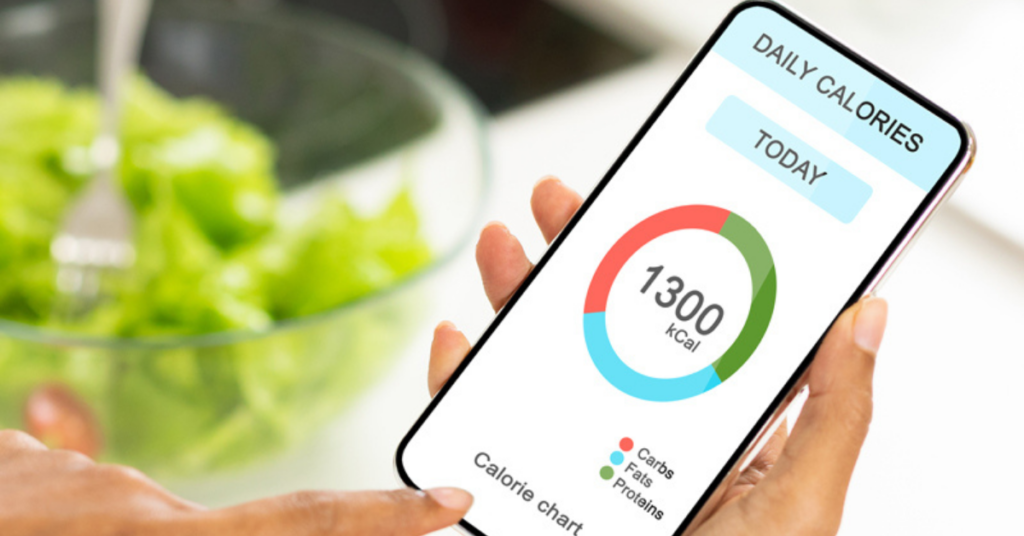Low-calorie, low-fat, fat-free, reduced-fat, gluten-free, whole wheat, or sugar-free… Food labels can be confusing, and with so many dietary options to choose from, how do you know that the choices that you make are the best for your body? The best way to ensure that your body receives all the nutrients it needs to flourish would be to analyse the calorie- and macronutrient content of the foods you consume. Improving your basic knowledge of nutrition will help establish a healthy relationship with food and improve your overall health and wellbeing.

Nutrition consists of two groups, namely micronutrients and macronutrients.
MICRONUTRIENTS
Micronutrients are the nutrients your body needs in smaller amounts, such as vitamins and minerals.
MACRONUTRIENTS
Macronutrients are a group of nutrients that the body needs in large amounts to function optimally. These nutrients contain energy in the form of calories that the body uses to perform specific functions. Macronutrients consist of protein, carbohydrates, and fat.
PROTEIN
Protein is a macronutrient that every cell in the body needs, as it allows your body to grow, build and repair tissues and cells. Protein consists of small amino acids that are bound together. It specifically supports lean muscle tissue growth by using amino acids to build tissue. Protein also plays a vital role in specific components of your immune system, hormones, nervous system, and organs. Your body can break down protein to provide energy and glucose when it does not have enough energy to perform tasks.
CARBOHYDRATES
Carbohydrates are broken down into individual glucose, fructose or galactose molecules through the digestion process. Glucose is your body’s preferred energy source, as it is utilised during exercise rapidly. Your body can store excess glucose in the form of glycogen to ensure there are always energy reserves. If you do not consume enough carbohydrates, your body can get glucose from its glycogen stores or your muscle tissue by breaking down the protein. Conversely, if you take excessive quantities of carbohydrates and your glycogen stores are full, your body stores the rest of this energy in the fat cells.
FAT
During digestion, fat is broken down into smaller fatty acids and then transported to the rest of the body to provide lipids to the cells. The primary function of fat is to provide energy. In addition to that, fat also forms part of cell membranes and provides your body with fat-soluble vitamins. If you want to maintain good brain, nervous and endocrine health, fatty acids should be added to your diet.
WHAT ABOUT CALORIES AND KILOJOULES?
Just like distance can be measured in different units like miles or kilometres, energy can also be measured in different units like calories or kilojoules. Calories and kilojoules are units of measurement that measure the energy we expend and the amount of energy in foods and drinks. The only difference between calories and kilojoules is the measurement scale.
CONVERTING CALORIES TO KILOJOULES AND VICE VERSA
Calories are larger units of measurement, and kilojoules are smaller units of measurement, calculated as follows:
- Calories to kilojoules are the number of calories ÷ 4.2 = energy in kilojoules
- Kilojoules to calories are the number of kilojoules x 4.2 = energy in calories

TO COUNT CALORIES OR NOT
All foods hold a certain amount of energy depending on the amount of protein, fat and carbohydrates it contains. Different foods and drinks contain different amounts of calories or kilojoules. Weight loss is all about managing your energy intake and expenditure. Ideally, your goal should be to balance your energy intake and expenditure to fuel your body properly and manage your weight simultaneously.
If you consume too much energy or expend too little energy, your body can store the excess energy it is not using as fat. Therefore, if you want to lose weight, you need to consume less energy and expend more energy to dig into the fat stores.
Have a look at USN‘s goals page for weight-loss tips and eating plans.
Learn more at www.usn.co.za
This post was first published at https://usn.co.za/life-articles/understanding-nutrition/